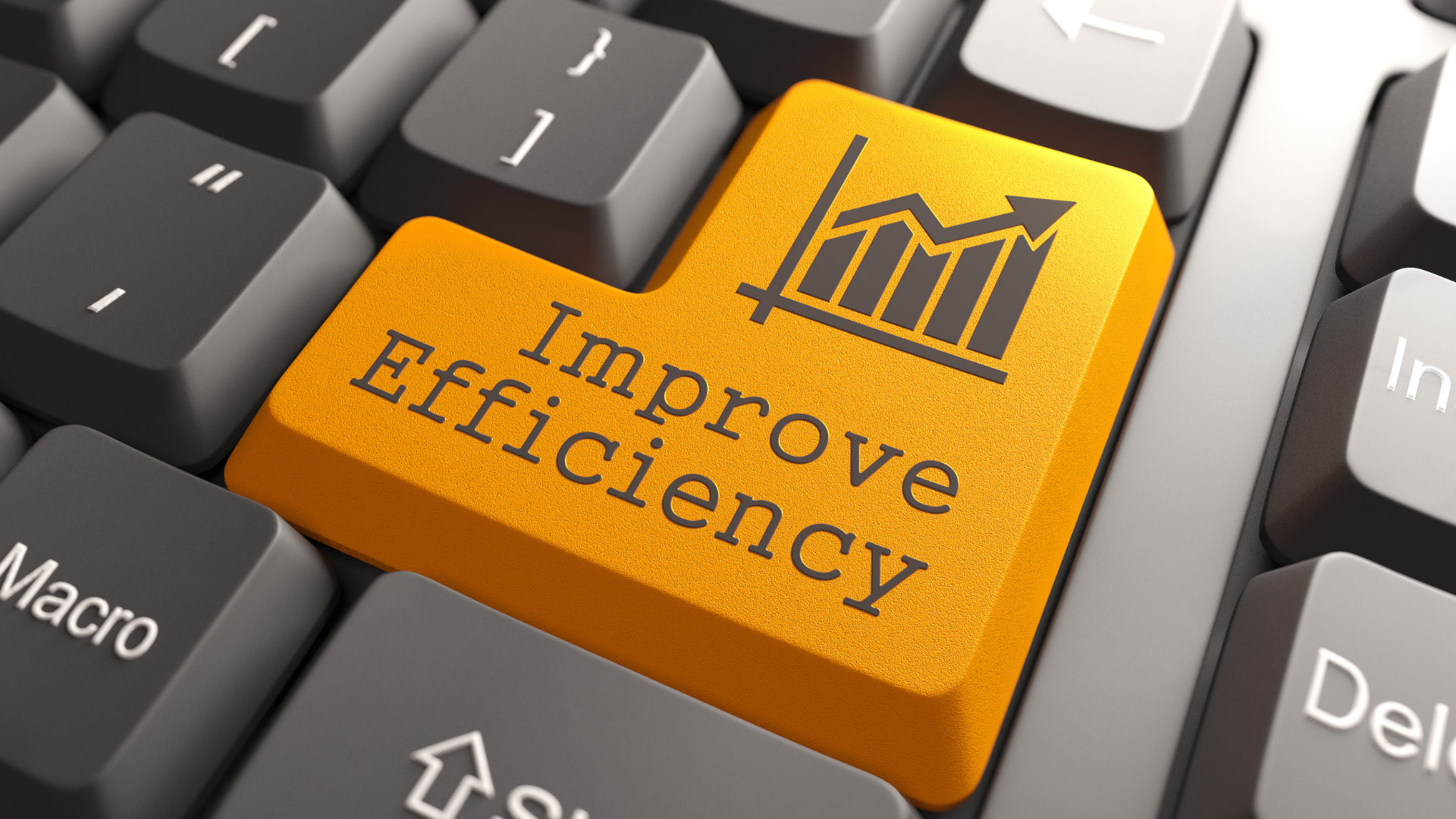
Your human resources information system (HRIS) is incredibly versatile. It helps you track job candidates, manage PTO requests, administer benefits, evaluate team members, build reports—and the list continues.
A modern HR system should not restrict you to using only modules sold by one vendor but rather be open to integration with other third-party HR and business applications. A key advantage to taking the ‘best of breed’ approach is that you can select the right specialist software for your precise needs, adding it to your HR system right when you need it.
1. Payroll
Payroll is as challenging as it is essential, particularly for larger companies. So not surprisingly, it is one of the most popular types of software to integrate with a core HR system. HR and finance teams choose to integrate payroll and HR systems because of the potential time savings and increased data accuracy and security that integration brings. Combining these two systems means there’ll be less needed to re-enter and check data manually. In addition, you won’t need to transfer data between the two applications via potentially insecure methods.
2. Learning Management System
Employees love opportunities to learn and grow. An effective learning management system (LMS) helps them do so easier. Integrating your LMS with your HRIS allows you to choose the best learning software for your employees and customize it to your business rather than settling for an out-of-the-box solution that may not satisfy your needs. You can also decrease errors by synching employee information with records of completed training. In addition, the module lets HR track certification, qualification, employee skills, and course outlines for current employees.

3. Health and safety
Your organization’s records must be accurate and up to date regarding health and safety to ensure that you meet legal requirements and support workers who might need further assistance.
By running parallel standalone health and safety and HR management systems, you may find that situations remain unidentified and compliance requirements, such as training and accident records, may not be satisfied.
However, by joining the two systems, you will have a complete picture of your employees’ personal, health, and safety histories. Doing this will give you more accurate, comprehensive data to analyze and base your interventions on.
4. Time & Attendance
Suppose you operate standalone HR and time and attendance systems. In that case, you will leave your organization open to the risk of inaccurate or duplicated data, which will negatively affect your payroll’s accuracy. It also means your HR team will be spending time on repetitive work that they could better spend on more critical, strategic projects. Therefore, the module also collects data with respect to the time and attendance of employees. Furthermore, the module is proven effective, especially for corporate-level jobs. Hence, you can analyze such data easier without any hassle and waste of time.
5. Talent Management
Talent management is another critical area where total visibility of your employee’s data. For example, is it possible to formulate robust succession plans or understand a person’s skills gaps without the correct data at your fingertips?
By integrating your hand-picked talent management solution with your core HR system, you will improve the accuracy and visibility of your people data. You will also spend less time on administration as information about starters, leavers, and changes in one system will automatically be reflected in the other application.
As a market leader in HRIS technology consulting, the BHC group simplifies processes and services to help enterprises achieve their business goals and improve ROI.
Contact us today to discuss your HRIS integration needs.






